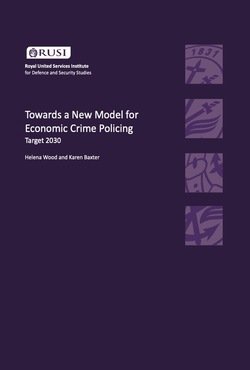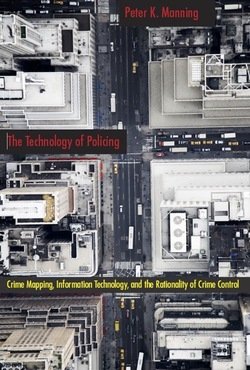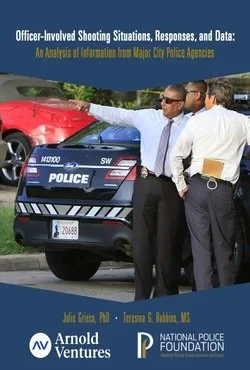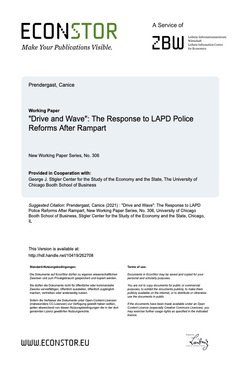By Amber Evans, Patrick Olajide and Jon Clements
In recent years, the police use of stop and search powers has become a totemic issue - many have argued that it is the main (or primary) cause of low confidence among Black communities in the UK, when compared to the rest of the population. However, our research, which draws on the most comprehensive survey of Black adults’ views about policing ever conducted in England and Wales, suggests that Black people’s concerns about the use of stop and search cannot be viewed in isolation; instead their attitudes towards its use by the police are shaped by, and closely connected to, their experience of policing as a whole. Black adults expressed at least as much concern about a perceived failure by policing to get ‘the basics’ right for their communities, such as responding to emergencies, investigating crime and engaging with victims, as they did about the use of stop and search. This report, which is the first of three publications related to this research, and specifically focuses on the views of adults.
London: Crest Advisory. 2022. 97p.





















